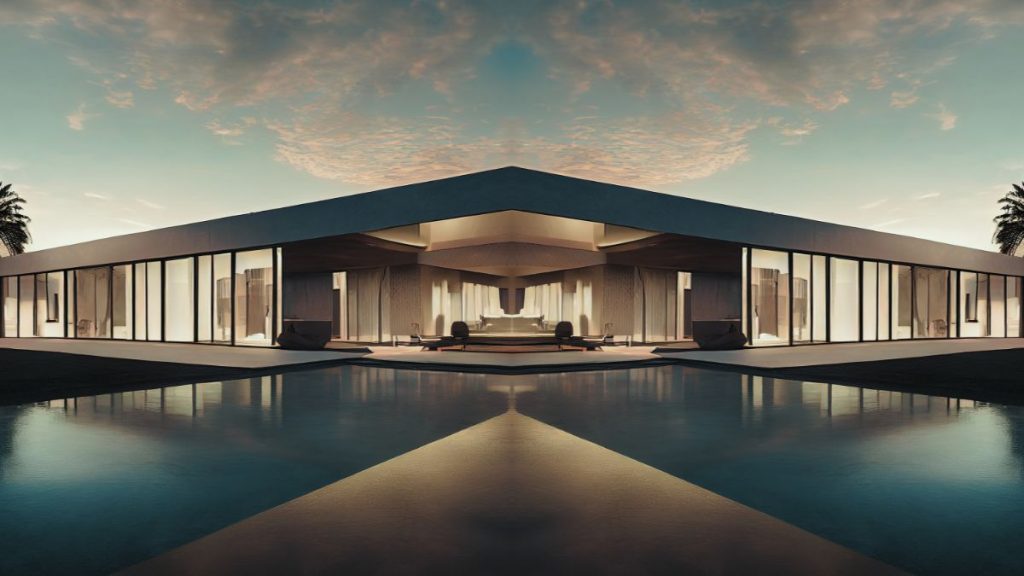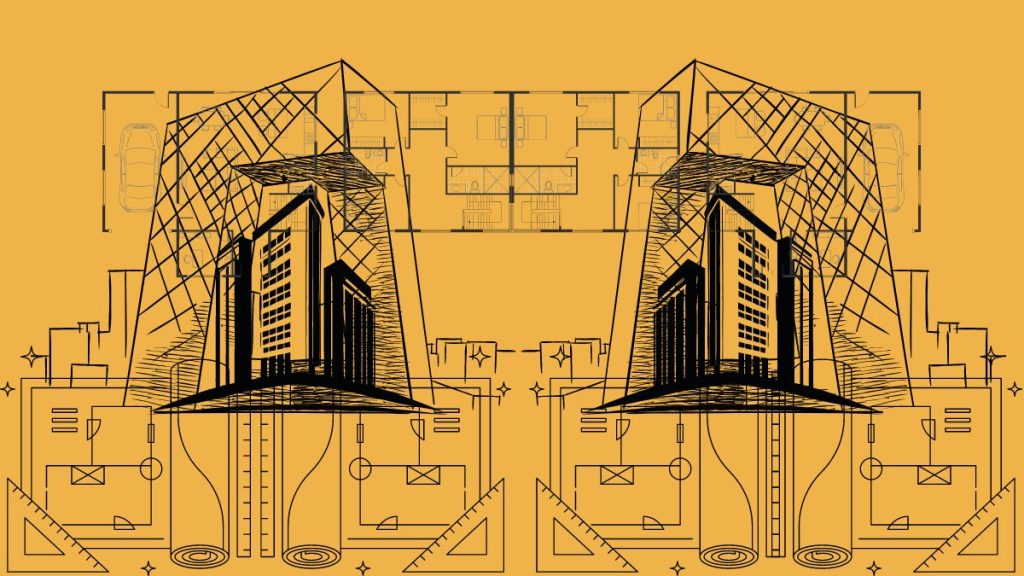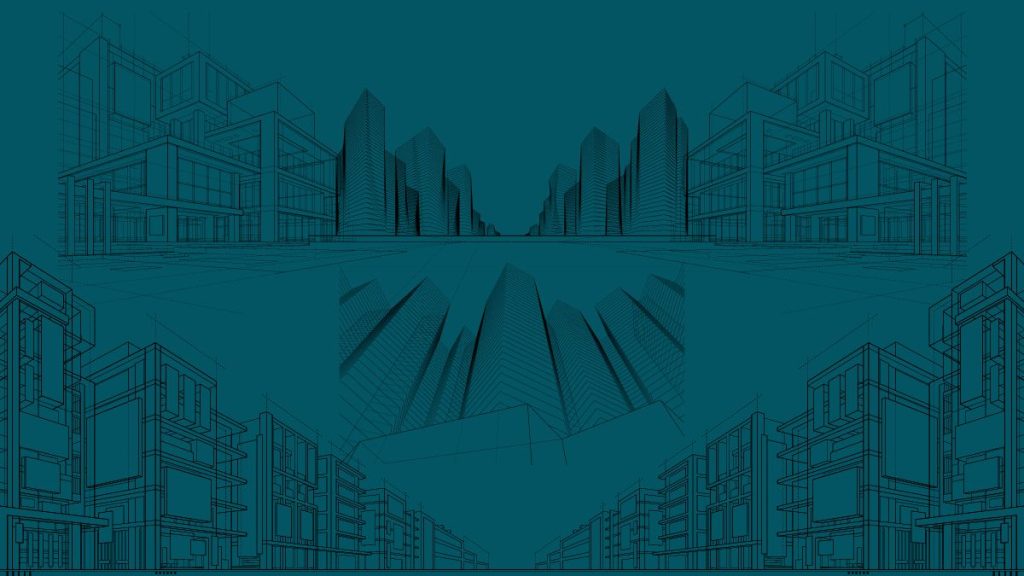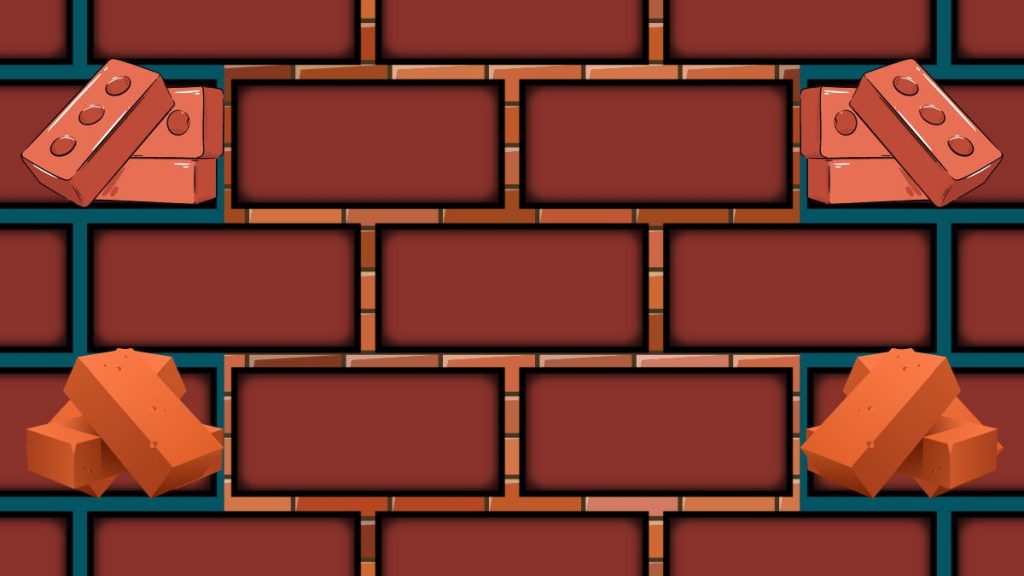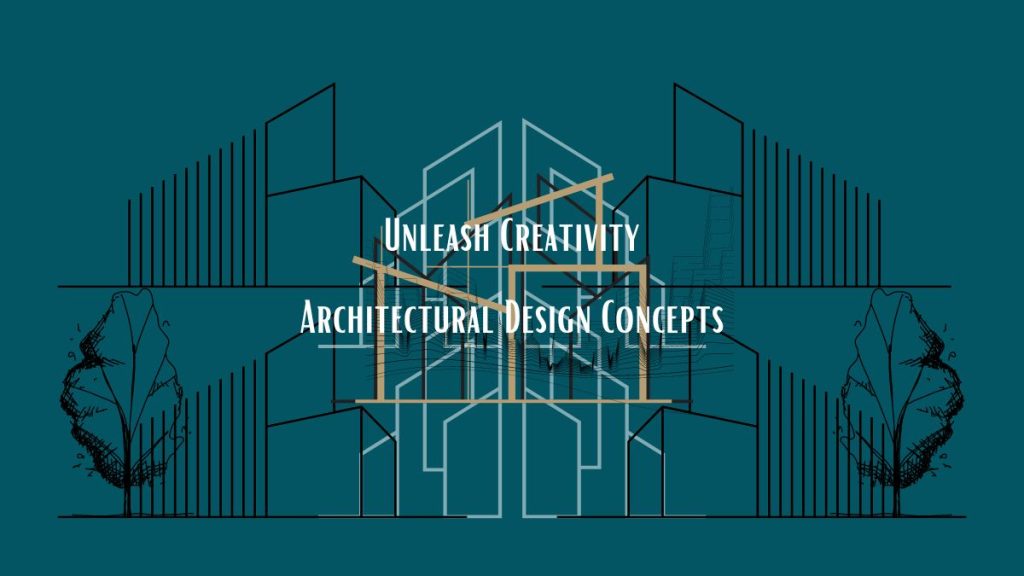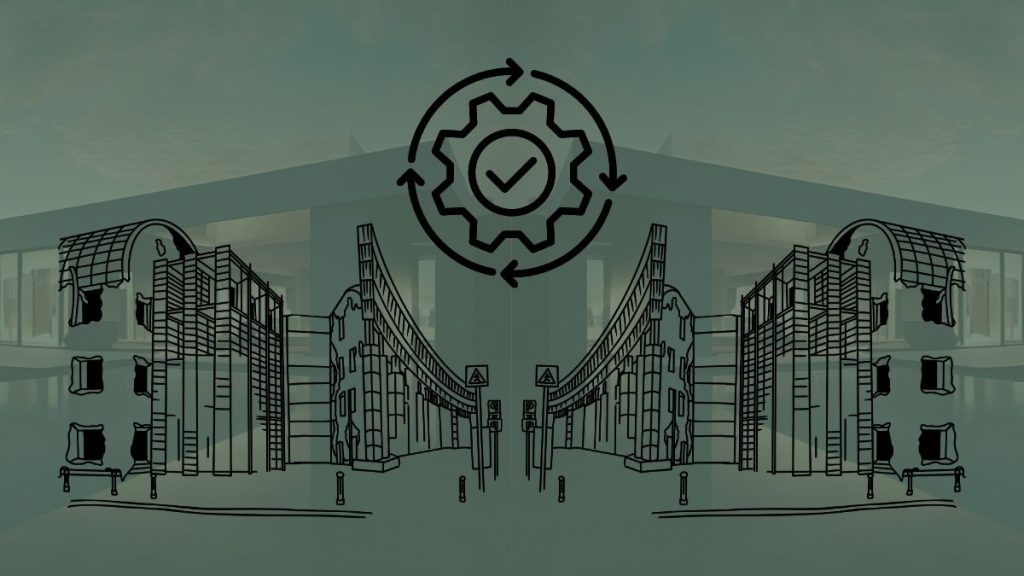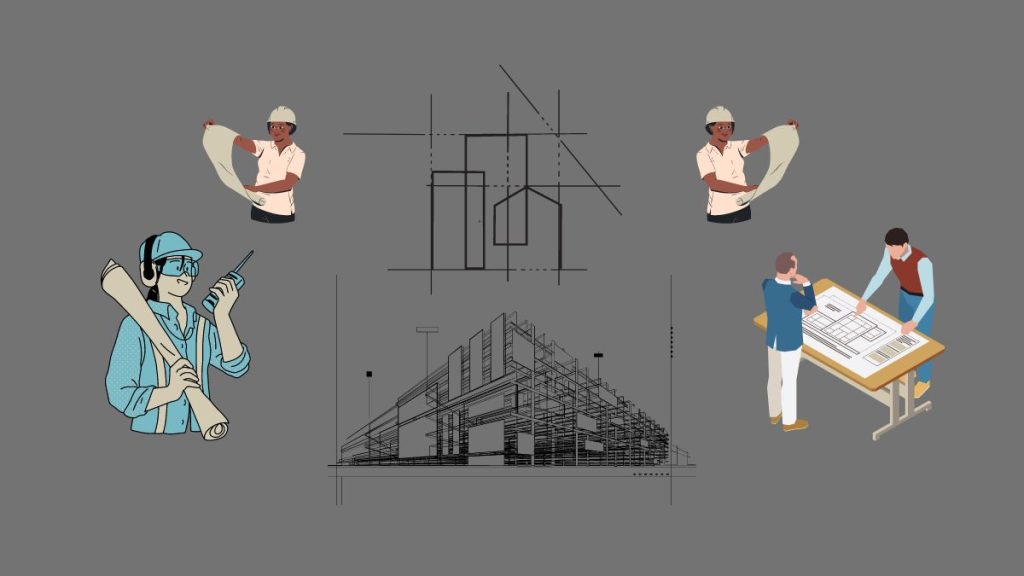Architectural Journalism: Exploring the Intersection of Design and Media
Architectural journalism explores and analyzes architecture, design, and urban planning. It bridges the gap between architects and the public. Architectural journalism plays a crucial role in disseminating information about architectural trends, innovations, and historical perspectives. It serves as a platform where architects, designers, and urban planners share their ideas and projects with a broader audience. […]
Architectural Journalism: Exploring the Intersection of Design and Media Read More »


